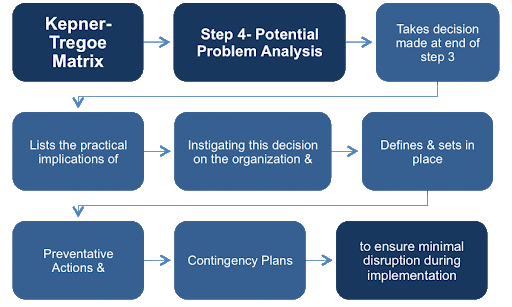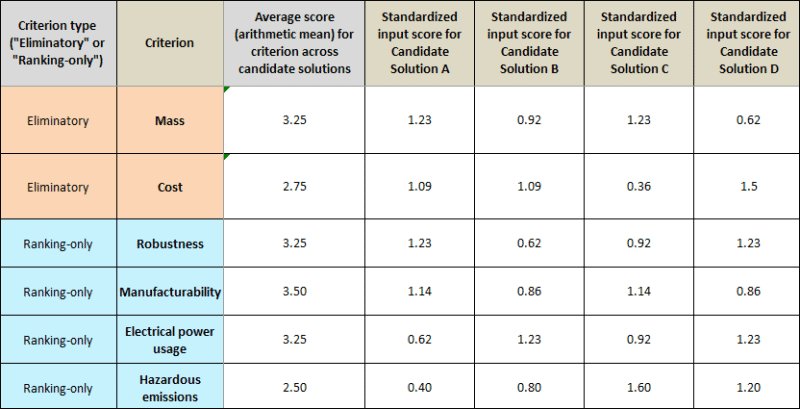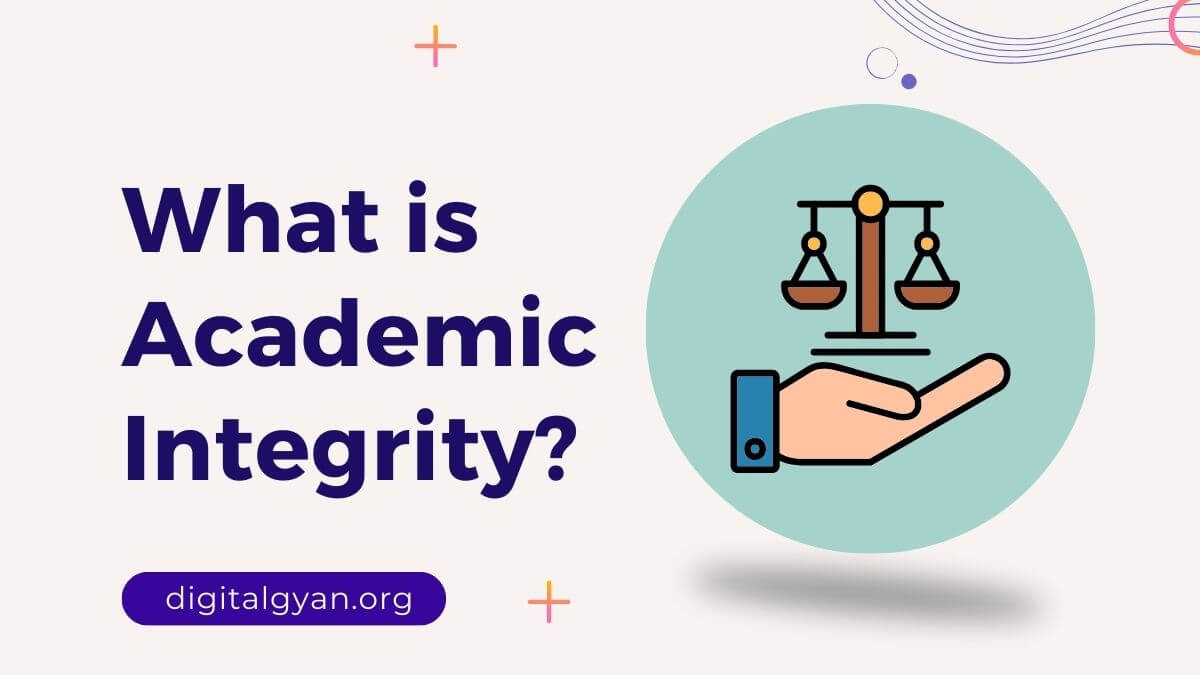What is Kepner-Tregoe Matrix? Advantages and Disadvantages
Kepner Tregoe’s decision-making is a systematic approach to obtaining, prioritising, and assessing data. It was created in the 1960s by Charles H. Kepner and Benjamin B. Tregoe.
This is a well-liked and well-respected logical model in the business world. Evaluating and prioritising risk is an important part of Kepner Tregoe’s decision-making.
So the goal isn’t to discover a flawless answer but rather to make the best possible decision based on obtaining the desired result with the fewest potential negative repercussions. It is said to help people make fair decisions because it reduces both conscious and unconscious biases that hurt the end result.
Every day, you make decisions, no matter what position you hold, from the boardroom to the mailroom. And in business, the end result is closely tied to how well decisions were made at each step. As a result, it’s no surprise that decision-making is a crucial business skill. Some decisions certainly have a greater impact on the business than others. Still, the underlying skill remains the same: the difference is in the extent and depth of the decision-making process.
One of the reasons why decision-making may be so tricky is that the most important judgments must be made in the shortest period possible. You’re under a lot of stress and worry. Because you don’t have much time, you might take shortcuts, jump to conclusions, or rely mostly on your gut.
You’ve undoubtedly heard of someone in your company who rose to the position of VP by making judgments based on his intuition. On the other hand, there’s the person who can’t choose because he overthinks everything. The basic line is that you must make decisions and smart judgments at that.
Poor judgments have a negative impact on a company’s bottom line. Worse, one bad decision can lead to many, compounding the damage and causing more and more issues down the road.
Decision-making, thankfully, is a talent that can be learned and developed. A rational and practical approach to decision-making exists somewhere between instinct and over-analysis. It doesn’t need infinite inquiry, but it does help you consider the possibilities and consequences.
The Kepner-Tregoe Matrix is one such technique. It provides a systematic and efficient framework for obtaining, organising, and analysing information for decision-making. In the 1960s, Charles H. Kepner and Benjamin B. Tregoe devised the concept they first wrote about in the business classic The RationUsing this step-by-step, methodical technique, theManager (1965).
Advantages and Disadvantages of using the Kepner-Tregoe Matrix
The Kepner Tregoe decision methodical technique. It may be highly beneficial when there are many alternatives to evaluate and a lot of potential negative consequences. It has the capability of reducing some of these undesirable consequences.
Even though it is presented as an impartial decision matrix, someone must determine the relative relevance of the objectives, the likelihood of bad reactions, and the relative significance of each of these reactions. It’s hard to think that there won’t be any bias in there!

The Kepner Tregoe decision-making process establishes the desired objective and how it should be accomplished. This is frequently difficult since the cosmos has its agenda! You can have either one or the other, but not both.
This problem is only addressed by troubleshooting after the process in this decision-making approach. This procedure might potentially take a long time to complete. A lot of patience and dedication may be necessary!
Kepner-Tregoe Complete Approach
The Kepner-Tregoe method assumes that the ultimate purpose of every decision is to select the “best possible” choice. This is an important distinction: the objective isn’t to produce the perfect option or one that is free of flaws. As a result, the decision-maker must be willing to take certain risks.
A key characteristic of the Kepner-Tregoe Matrix is that it can assist you in assessing and mitigating the risks associated with your choices. The Kepner-Tregoe Matrix methodology walks you through the steps of creating goals, evaluating and ranking alternatives, analysing the strengths and weaknesses of the top options, and finally selecting the “best” option.

The Kepner-Tregoe Matrix is divided into four steps
- Situation Appraisal – Determine the issues that need to be addressed and the order in which they should be addressed.
- Problem Analysis – Identify and evaluate the reasons to define the specific problem or issue.
- Decision Analysis – Identify and analyze options by doing a risk analysis on each one before making a final choice.
- Potential Problem Analysis – Assess the final choice for risk and determine the contingencies and preventative steps required to reduce the risk.
Going through each stage of this process will aid you in making the “best possible option,” based on your knowledge and comprehension of the issues at hand.

